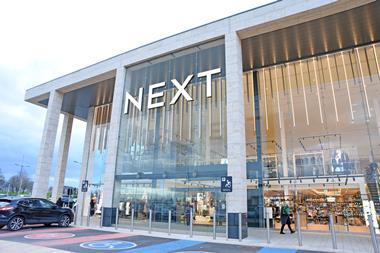2014 will be a year of transition as retailers grapple with evolving channels and markets according to the retail findings of a new report from the Economist Intelligence Unit.
2014 will be a year of transition as retailers grapple with evolving channels and markets according to the retail findings of a new report from the Economist Intelligence Unit.
We expect global sales volumes in 2014 to increase slightly as all regions register sales improvements. The biggest swing in fortunes will take place in Western Europe which will see sales volumes move from negative figures to modest growth as some economies recover and others see the rate of decline slow. Despite talk of slowing demand in China and retail uncertainty in India, the biggest opportunity remains in Asia.
| Retail sales (% volume change) | 2013 | 2014 |
|---|---|---|
| North America | 1.5 | 1.9 |
| Western Europe | -1.1 | 0.3 |
| Transition economies | 3.3 | 4.2 |
| Asia and Australasia | 4.3 | 4.6 |
| Latin America | 1.7 | 3.9 |
| Middle East and Africa | 2.1 | 3.1 |
| World (60 largest markets) | 2.1 | 2.9 |
| Sources: Economist Intelligence Unit, Planet Retail | ||
China and India add uncertainty
China and India will be closely monitored by retail and consumer goods firms in 2014. For India, opening the retail sector up to foreign direct investment (FDI) will continue to be a crucial issue. While a number of firms have successfully applied for single brand retail investment, most recently H&M, multibrand investment has been more difficult. WalMart has already curtailed interest, by ending its joint venture agreement with local firm Bharti. Elections, due in May 2014 will be particularly decisive in settling the current uncertainty since opposition parties have threatened to reverse the concessions already granted if they come to power.
In China fears of a slowdown have been compounded by campaigns against corruption and displays of wealth. Although the impact has been marginal it has combined with weakening sentiment to bring growth levels down. This does not mean that retail in China is in crisis. Sales volumes are still forecast to grow 9% in 2014, driven by e-commerce and rising demand from emerging cities in the interior. However, given levels of investment, an undershooting economy in 2014 could leave some firms heavily exposed.
Markets old and new
Uncertainty over China and India will allow smaller, fast-growing emerging markets to step out of the shadows and become more attractive to retail investment. Africa, the “final frontier” in many long term investment strategies is moving closer to top of the retail agenda. Growth in smaller Asian markets such as Thailand, Vietnam, Indonesia and Malaysia could also present a welcome distraction from events in India and China.
As well as emerging market growth, demand will see further recovery in mature markets, driving a reassertion of pre crisis trends towards quality, sourcing and sustainability. However, these will continue to come against a backdrop of cost consciousness and polarised shopping habits will persist. Consumers will continue to economise on cheaper staples to support a rebound in pent up demand for bigger ticket purchases.
Personal Services:
Mobile devices will continue to drive consumer behaviour. Where this was previously driven by smartphones, tablets and hybrid “phablet” devices will become key drivers of future m-commerce growth. Mobile devices won’t just generate online sales but they will transform the way that consumers shop from a multichannel perspective. App developments will allow mobiles to influence bricks-and-mortar shopping through mobile payment systems, store check-ins and interactive in store experiences.
While 2013 was the year of showrooming, 2014 will see data usage supplying a backdrop to intensification in hostilities between traditional and online operators. Firms will seek to squeeze utility out of every last scrap of information. This will lead to targeted product offerings and “minority report” style advertising which could risk alienating consumers made wary by recent data and surveillance scandals. Meanwhile pure-players such as Amazon and eBay will continue to look to bridge the gap between themselves and physical stores. On one level this will be reflected by a race to the doorstep with Amazon drone testing and eBay’s Shutl acquisition highlighting a need to reach consumers quickly. On the other hand adding real-time customer services to a virtual world, such as the Kindle “Mayday” button will see online channels seeking to replicate the level of service that physical stores bring.
Download the full report at eiu.com/industries2014.
Jon Copestake is chief retail analyst at the Economist Intelligence Unit


























No comments yet